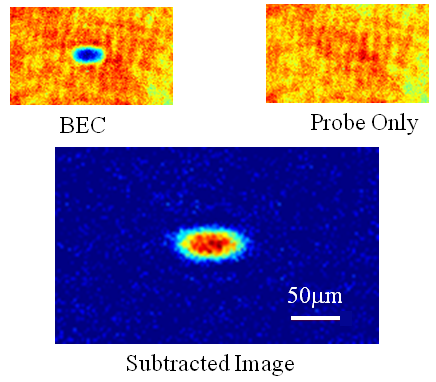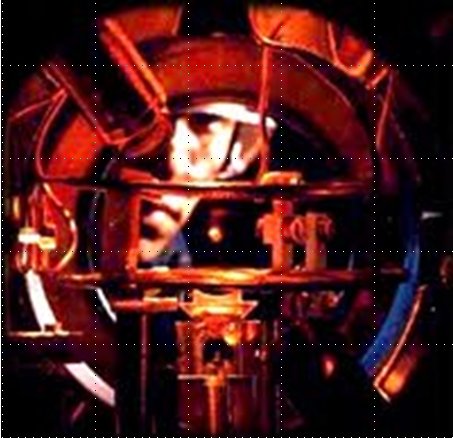Element: Chromium (Cr) Atomic Number: 24 Mass: Four “stable” isotopes between 50 and 54 amu. Chromium-50 is technically radioactive, with a half-life considerably longer than the age of the universe, so… Laser cooling wavelength: 425nm, but see below. Doppler cooling limit: 120 μK. Chemical classification: Transition metal, smack in the middle of the periodic table. […]









